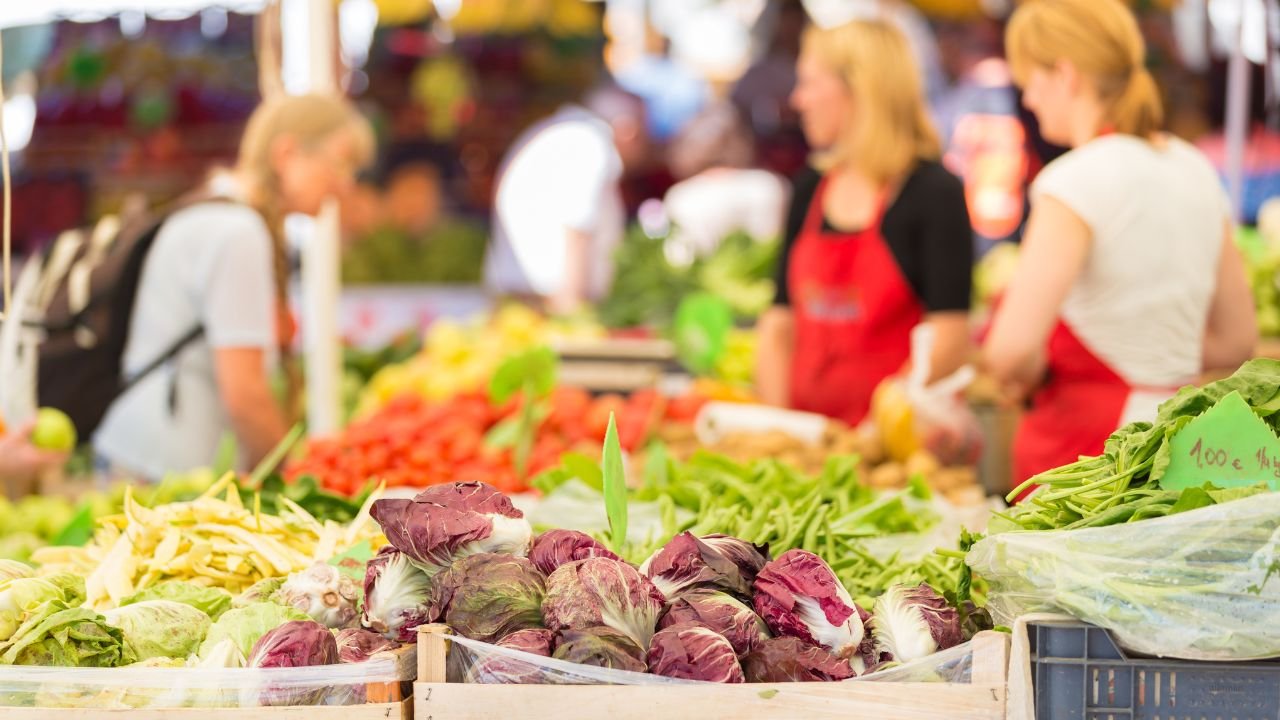Social Security is the foundation of income support for seniors in the United States. However, for many older Americans, it is not enough to cover all living costs. Rising healthcare expenses, housing challenges, and limited savings make additional government aid essential.
Beyond Social Security, the federal and state governments offer a wide range of assistance programs that help seniors afford food, housing, energy, and healthcare. These programs ensure that seniors who are financially vulnerable can live with dignity and stability in their later years.
Table of Contents
Food Assistance Programs
Supplemental Nutrition Assistance Program (SNAP)
SNAP, often called “food stamps,” provides monthly benefits to low-income individuals to purchase groceries. For seniors, this can significantly reduce food insecurity. Benefits are distributed via Electronic Benefit Transfer (EBT) cards, which can be used at grocery stores and farmers’ markets.
- Eligibility: Based on income and household size. Seniors with limited assets often qualify.
- Additional Support: Some states offer expanded benefits or simplified application processes for older adults.
Senior Farmers’ Market Nutrition Program (SFMNP)
This program provides coupons to low-income seniors, allowing them to purchase fresh fruits, vegetables, and locally grown foods from farmers’ markets. It supports both nutrition and community farmers.
Meals on Wheels
A community-based program that delivers nutritious meals directly to seniors’ homes, especially those with mobility issues. Beyond food, it provides social interaction and wellness checks.
Housing Assistance
Section 8 Housing Choice Vouchers
Low-income seniors can receive vouchers to help pay for private rental housing. The program ensures seniors do not spend more than 30% of their income on rent, with the government covering the rest.
Public Housing Programs
Local housing authorities operate subsidized housing units specifically for elderly residents. These facilities often include supportive services such as maintenance, security, and community activities.
Rural Housing Assistance
For seniors in rural areas, programs through the U.S. Department of Agriculture (USDA) provide rental assistance, home repair grants, and loans for safe and affordable housing.
Energy and Utility Assistance
Low Income Home Energy Assistance Program (LIHEAP)
LIHEAP helps seniors pay utility bills, particularly during extreme weather seasons. It provides grants for heating, cooling, and sometimes weatherization improvements to reduce energy costs long-term.
Weatherization Assistance Program (WAP)
This program funds home upgrades like insulation, window replacement, and furnace repair to improve energy efficiency, lowering monthly utility costs for seniors.
Healthcare Support Beyond Medicare and Medicaid
State Pharmaceutical Assistance Programs (SPAPs)
Some states offer prescription drug assistance programs to help seniors with costs not fully covered by Medicare Part D. These programs can lower co-pays or provide coverage for specific medications.
Community Health Centers
Federally funded health centers provide affordable medical, dental, and mental health care. Many seniors use them when they face high out-of-pocket healthcare costs.
Additional State and Local Programs
Property Tax Relief
Many states offer property tax exemptions, deferrals, or credits for senior homeowners. This helps older adults remain in their homes without being overburdened by rising taxes.
Transportation Assistance
State and local governments often provide reduced-fare or free public transportation for seniors. Rural areas may offer shuttle or paratransit services for medical appointments and essential errands.
Senior Community Service Employment Program (SCSEP)
A federal initiative that provides part-time job training and employment opportunities to low-income seniors. It helps older adults remain active, earn income, and engage with their communities.
Importance of These Programs
Reducing Senior Poverty
Without these programs, many seniors would face severe hardships. Food assistance prevents hunger, housing programs reduce homelessness, and utility aid ensures seniors are not left without heating or cooling.
Promoting Health and Well-Being
Good nutrition, stable housing, and affordable healthcare are essential to seniors’ physical and mental health. These programs ensure access to basic needs that Social Security alone cannot provide.
Supporting Independence
By reducing financial strain, these programs help seniors live independently longer, delaying or avoiding the need for costly institutional care.
Challenges in Accessing Benefits
- Awareness: Many seniors are unaware of available programs.
- Complex Applications: Lengthy forms and documentation requirements discourage participation.
- State Variations: Benefits differ by state, leading to inequality in access.
- Funding Constraints: Many programs face budget limitations, leaving eligible seniors underserved.
While Social Security remains the backbone of senior income security, federal and state assistance programs provide crucial additional support. From food and housing to energy and healthcare, these programs protect vulnerable seniors from poverty and hardship.
However, challenges such as complex eligibility rules, uneven state policies, and limited funding need to be addressed to maximize their impact. Expanding awareness and improving access would ensure that more seniors can benefit from these programs and live their later years with dignity, security, and independence.
Government aid beyond Social Security is not just financial support—it is a promise of care and stability for older generations.




